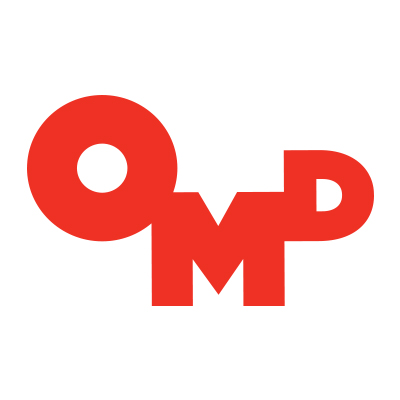This article appeared in Campaign written by Ben Aves and Hayati Alaluf, strategy directors at OMD EMEA.
Summer is long gone. It will soon be time to turn the clocks back and there is suddenly a chill in the air. No more so than on Wall Street, as it turns its attention to and scrutiny of the technology companies that were once its darlings. Peloton’s lacklustre stock market debut and WeWork’s cancelled initial public offering are indicative of an unfavourable trajectory for businesses that burn through cash while realising little (or, indeed, any) profit.
Even Netflix, one of the biggest tech success stories of the past decade, is under the microscope. The world’s biggest streaming company has produced acclaimed shows that have been nominated for all the major industry awards, but it has created a first-class, data-driven user experience on its platform. Until now, a pivotal factor in this success has been a landscape with almost no serious competition.
But, suddenly, change is coming, as Apple TV+ and Disney+ launch in November and Warner’s HBO Max and NBC’s Peacock debut in the spring – each with its own library of unique content. We are not in a zero-sum game. Consumers will continue to take several subscriptions, but there is a limit to how much content people can actually watch in any given day.
Despite Netflix spending more than $8bn annually on original and multi-award-winning content such as Alfonso Cuarón’s Oscar-winning Roma, it is acquired hits such as The Office(owned by NBC), Friends (from AT&T’s Warner Media) and Grey’s Anatomy (from Disney) that were its most-streamed shows last year. Turns out entertainment is a risky business, where creating and predicting an original hit are very hard things to do.
Along with increased competition on the content front, current pricing strategy is another challenge for Netflix. Apple’s new streaming service is set to cost consumers $4.99 per month (or one year free with the purchase of a new iPhone). Disney+ will reportedly launch at $6.99 per month. Netflix’s basic plan in the US starts at $8.99 per month.
Rightfully or not, investors are starting to feel twitchy about Netflix’s continued domination in this soon-to-be crowded market. Just last week, Netflix stock prices dropped 10% – as an ability to spend billions on original content isn’t delivering resulting profits in the immediate term.
Joining Barb?
Which is where Barb comes in. The recent announcement by Netflix that it is open to working with Barb (Broadcasters’ Audience Research Board) in the UK to enable audience measurement for its content is a huge shift in strategy, as this earlier article in Campaign pointed out. This news is indicative of how Netflix might adapt its operating model to these external pressures and more generally how streaming services may position themselves in the audiovisual landscape going forward.
It is possible that Netflix is seeking to attract brands (and their advertising spend) with a view to adding value (and revenue) to its business. Of course, it cannot do this without first demonstrating the appeal of its content – and this is where Barb data becomes crucial. Barb measurement could not only allow Netflix to compete as a TV sales house, but also to deepen its understanding of its audiences compared with linear channels.
The other Barb
This is where the other Barb comes in – she of surprise mega-hit Stranger Things.
Because this drama series, more than any other Netflix original, is indicative of where Netflix could take TV advertising.For the moment, it’s is highly unlikely that Netflix will run 30-second TV ads within shows like traditional broadcasters – although expect increased pressure from Wall Street for it to realise this untapped revenue stream. Instead, expect to see Netflix push more aggressively into product placement, as seen in the most recent series of Stranger Things. Concave Brand Tracking has estimated that series three of Stranger Things contained about $15m worth of product placement.
Netflix has denied that any cash changed hands and stated that the inclusion of the products and brands was at the discretion of show’s directors. Despite this, brands that have featured in Stranger Things have endorsed the show with their own communications, resulting in a quid pro quo that ultimately benefitted Netflix. Barb and Barb on Netflix is good news for advertisers; creating new opportunities to reach youth audiences who are increasingly causing linear TV ratings to decline rapidly. Mastery of new mediums will be required, but also consideration of how to measure their effectiveness.Understanding both Barbs should be at the forefront of any advertiser’s thinking into 2020 and beyond.
